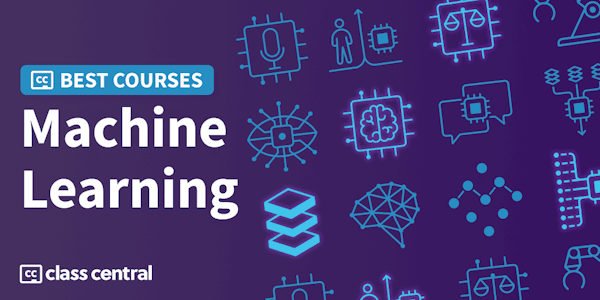Translation Tutorial - A History of Quantitative Fairness in Testing
Association for Computing Machinery (ACM) via YouTube
Overview
Explore the historical roots and evolution of quantitative fairness definitions in this comprehensive tutorial from FAT* 2019. Delve into the origins of group fairness concepts such as equality of opportunity, equalized odds, sufficiency, and predictive parity, tracing their development from education and hiring practices following the U.S. Civil Rights Act of 1964 to their modern applications in data science and machine learning. Gain insights into the social, political, and legal motivations behind these fairness metrics, and understand how they've been translated into contemporary ML notation. Examine the relationships between various fairness formulations across different disciplines, identifying gaps and opportunities for further research. Learn from the long-term challenges faced in fairness testing to better prepare for obstacles in machine learning fairness implementation. Led by experts Ben Hutchinson, Margaret Mitchell, and Shira Mitchell, with Emily Denton as session chair, this 84-minute tutorial offers a valuable historical perspective on quantitative fairness that is essential for researchers and practitioners in the field of ethical AI and machine learning.
Syllabus
FAT* 2019 Translation Tutorial: A History of Quantitative Fairness in Testing
Taught by
ACM FAccT Conference


